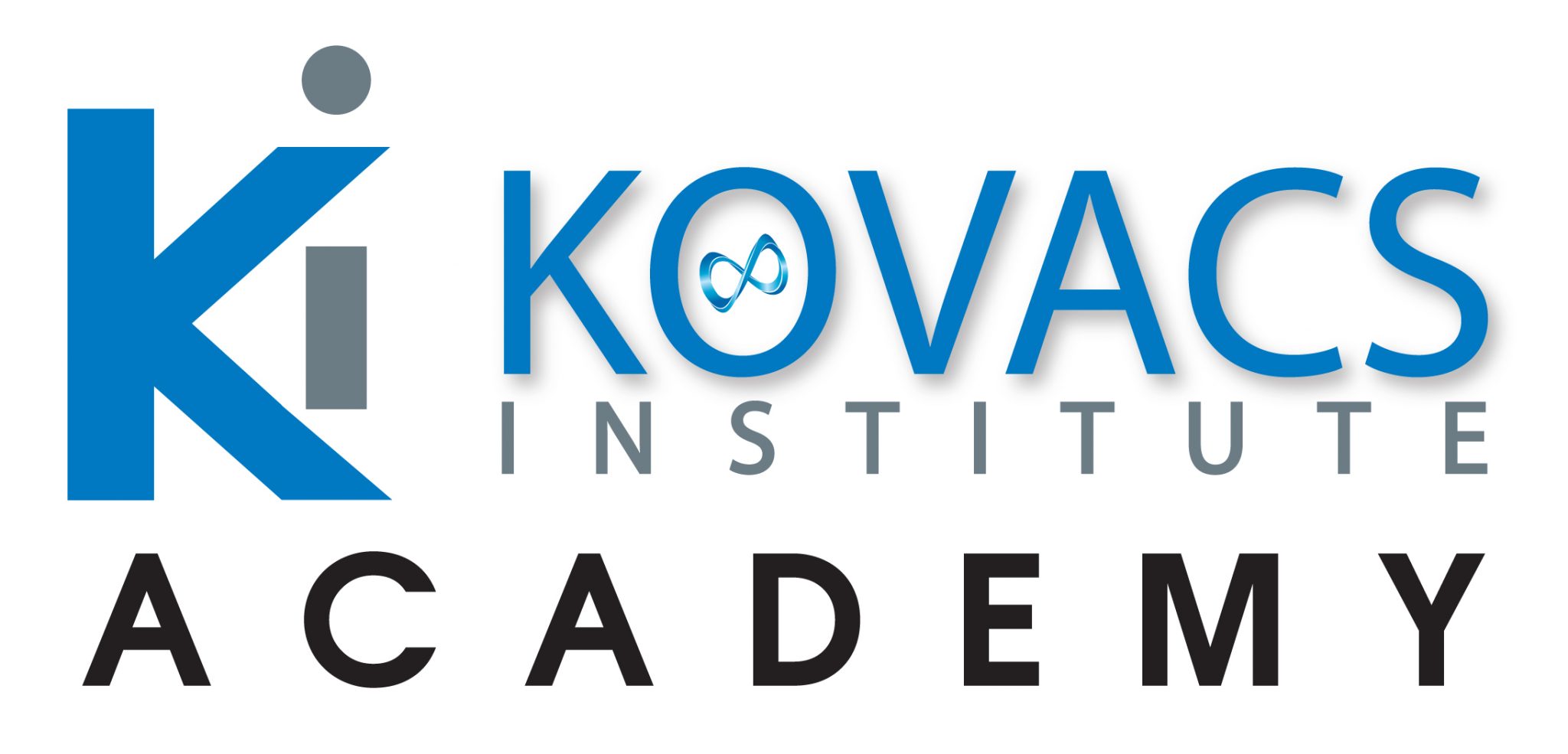Written by Tomas Patino (Ki Serve Fellow 2022) and the Ki Team
Anytime we are thinking about how to improve a player’s serve, or trying to learn from watching a pro player, one of the first questions we should ask ourselves is… “am I looking at a STYLE or a FUNDAMENTAL? That question is very important if we want to make meaningful changes that will lead to a better performance, rather than a “better looking serve”.
We know that making changes can be hard at first, especially if a player has done something a certain way for a long time. We also know that the serve is a very complex stroke, with lots of moving parts that need to be coordinated very efficiently in order to get a good result. So we need to make sure that if we are going to make a change, it is the right one and will lead to better performance. We can take a lot of subjectivity out of the equation by focusing on the fundamental aspects of the serve. Also, it is important to recognize that the right change should not take weeks or months. It should feel a lot better in a few minutes or a few hours.
Let’s begin by defining what we mean by style on the serve. If we analyze hundreds of great servers we will see a lot of differences in how they start, how they take their racquet back, whether they have a platform or a pin point stance, and so on. This is sometimes due to those players being coached into a specific style. Although the style should be dictated by the player, by what feels more natural/comfortable, as well as by their body’s abilities and limitations. Many times this happens when the coach has a mental model of what the “ideal” serve should look like and then tries to fit every player into that mold. What we know thanks to the work that Dr. Kovacs and others have done over the last few decades, is that changes in style don’t usually lead to improvements in performance unless that change leads to an improvement in one of the fundamental aspects of the serve.
So what is a fundamental? Let’s go back to those great servers we mentioned earlier. If we slowed everything down to the point where we could stop and analyze certain positions within the serve, we would start to see a different picture. We would see that regardless of style, most if not all great servers would look very similar at different stages of the serve. We would see for example that the non dominant arm is consistently straight during the toss (no bending of the elbow or wrist) and the release height is somewhere between eye level and top of the head. As we move forward, we would see that they all store their energy in the lower body first by coiling their hips and engaging the back hip/leg. As the serve motion continues there are more aspects that we would see very consistently throughout all servers regardless of their style. Those aspects are what we refer to as fundamental. For a more in depth discussion on this subject I would recommend checking out this article which goes over the 8 Stage Model of the tennis serve. The Tennis Serve Specialist (TSS) Certification is also a great resource for those wanting to dive deep into this subject.
Here is a junior player displaying good fundamentals on the Release (Stage 2) and Loading (Stage 3).


Why is any of this helpful? Because once we understand the fundamentals, we can let players determine their style based on what feels more natural to them.
Remember nobody served exactly like Roddick or Isner or Federer or Serena . What makes their serves so great is not the things they do differently, but the things they all do the same. Let’s allow players to develop their own style, while continuously working on improving their fundamentals.
A Little About Tomas:

My name is Tomas Patino, I’m from Medellin, Colombia. Tennis has been my lifelong passion. I first picked up a racquet when I was 5 and started competing nationally when I was 11. My highest national junior ranking was #1 in doubles and #2 in singles. I played Division 1 tennis at Oklahoma State University and then at the University of Missouri-Kansas City, where I was a team captain for the last 2 years and won the conference championship twice with my team. While playing college tennis I studied civil engineering, and after graduating I became the graduate assistant coach at UMKC. It was then that I realized that my passion for tennis went beyond just playing and decided to pursue coaching as a career.
After graduating from my masters at UMKC I wanted to learn more from other great coaches and programs and was very fortunate to get a chance to shadow the Baylor Men’s tennis program for a year. After returning to Colombia I decided that I wanted to keep learning so that I could help the players and coaches here, and help improve Colombian tennis. I coach privately and I’m also involved with a charity that helps impoverished children through tennis. My goal with the charity is to help as many kids as possible to achieve a tennis scholarship in the US. The courses, webinars and Q&A sessions from Dr. Kovacs and the Kovacs Institute have been a turning point in my coaching because I’m finally starting to learn how to take advantage of my engineering skills and apply them in my coaching. I’m very excited about being a KI Tennis Serve Fellow!








Add comment